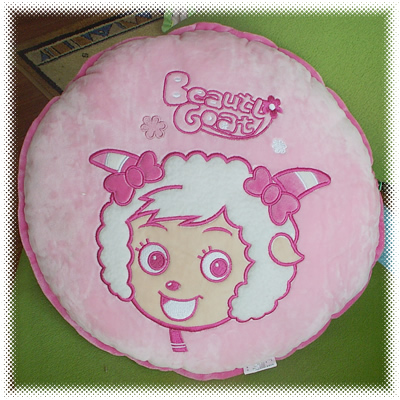Plush toy brands win the market
Plush culture has become a new form of cultural expression in China.
In the past, parents only bought toys for their children during festivals. With the shift in consumption concepts and the improvement in living standards, children's toys have become popular products all year round. Moreover, plush products are no longer just toys for young children; their main consumer group has clearly shifted from children or teenagers to adults. These consumers purchase plush items either as gifts or simply out of interest, taking them home to play with casually. The cute shapes and smooth textures provide comfort to adults.
Besides its function as a toy, the decorative function of plush items is becoming increasingly prominent. For instance, it is favored by modern home decoration. A pair of plush slippers, a plush cushion, a plush teddy bear — they, along with warmth and sunlight, have become a new theme and method for decorating homes in modern times. This is a set of images showing homes decorated with plush items, which have become symbols representing ambiance, reflecting the imagination and taste of the users. After a tiring day, urban dwellers stepping into their homes and seeing this warm landscape will have their moods brighten like sunshine.
Another example is the recently emerging "car decoration." Private cars, which used to feel cold, have now transformed into moving cartoon wonderlands on the road. Looking inside the car, you'll see Winnie the Pooh hugging the rearview mirror, Snoopy holding the gearshift, various cats and dogs sprawling on the back window, cushions embroidered with diverse cartoon characters, even the cup holders, phone stands, and sun visors are occupied by plush toys. Plush products have become mainstream items for car decoration. Whether it’s at home or in the car, the owner aims to create a warm and comfortable environment. In this regard, plush products have made an indelible contribution.
What is the market potential of plush products?
According to data provided by the National Bureau of Statistics at the beginning of this year: In 2005, the sales of plush toys in China reached 5 billion yuan, and this figure will experience "rapid growth" in the next 3-5 years. How fast? At an annual growth rate of 40%! By 2010, the consumption of China's plush toy market will exceed 30 billion yuan. It is evident that the demand space for China's plush toy market is enormous and robust.
Compared to the increasingly hot market demand, the domestic plush industry still shows a backward state characterized by disconnection between production and sales, lack of brands, and lack of core concept operations. Although there are quite a number of participants, most are concentrated in the fields of production, wholesale, and retail, remaining at a relatively low level of development (disorderly wholesale markets, inferior quality). China is the world's largest toy exporter, mainly targeting Japan and Southeast Asia as markets, and has successfully expanded into the American and European markets, exporting primarily plush toys. However, this is merely an output in terms of production. Such a market may be filled with products, but it lacks something essential — a brand.
The appearance of "Pretty Baby" plush toys precisely introduces the concept of branding, allowing such exquisite plush toys to move from wholesale markets to specialty stores. The guarantee of brand credibility ensures better quality, giving consumers peace of mind when purchasing and eliminating concerns about blackhearted cotton. When buying toys, one should also recognize the importance of brands.
